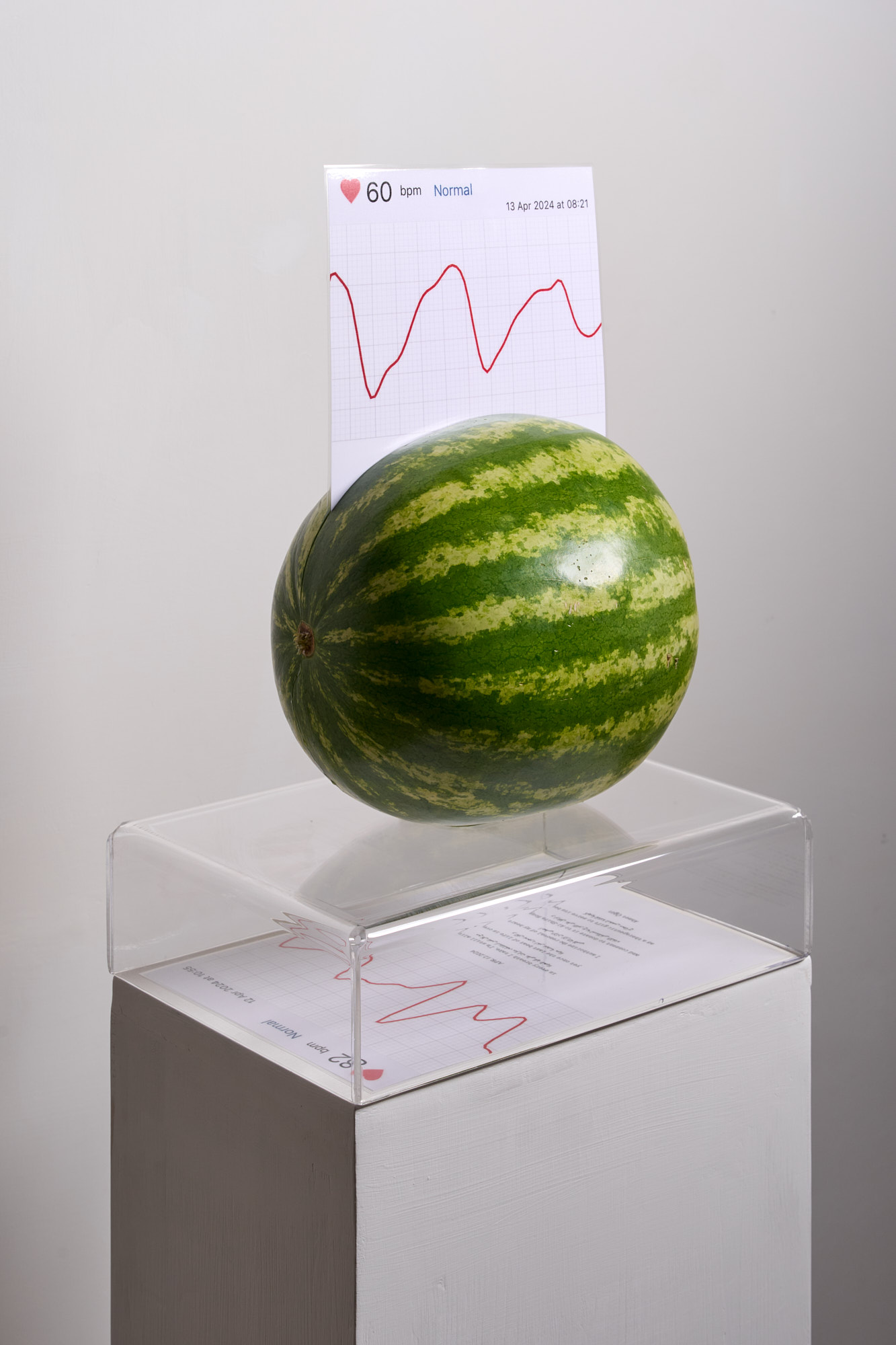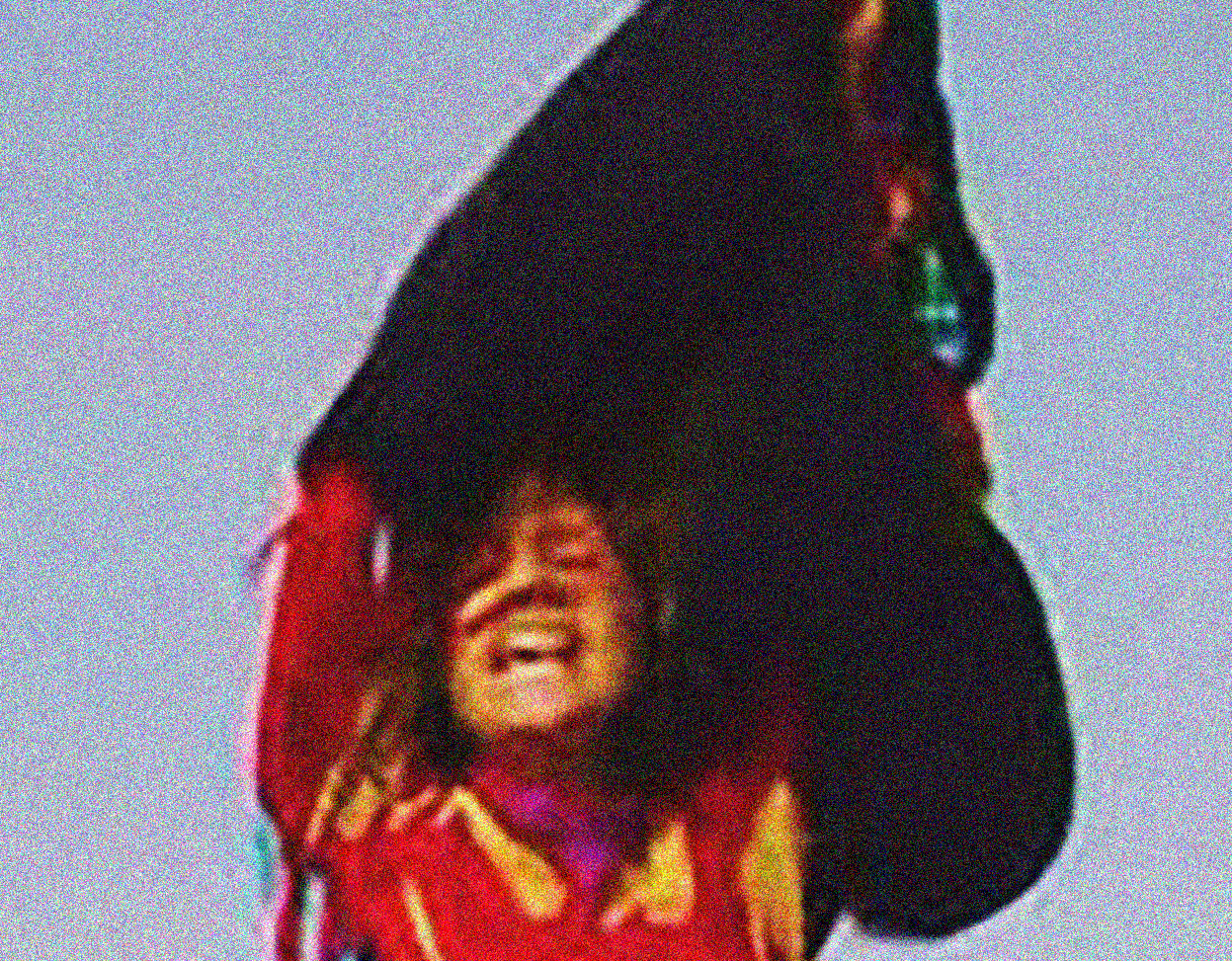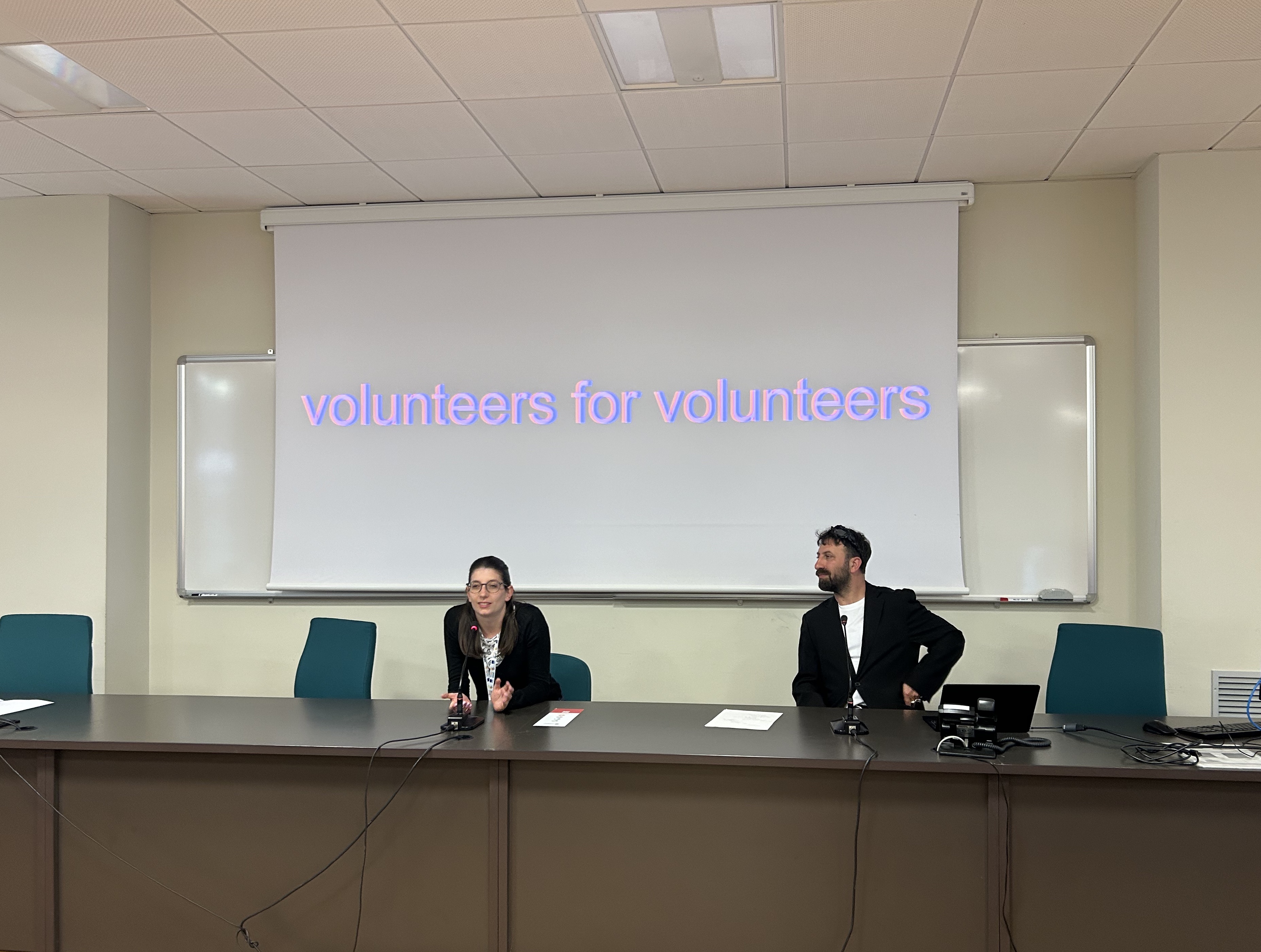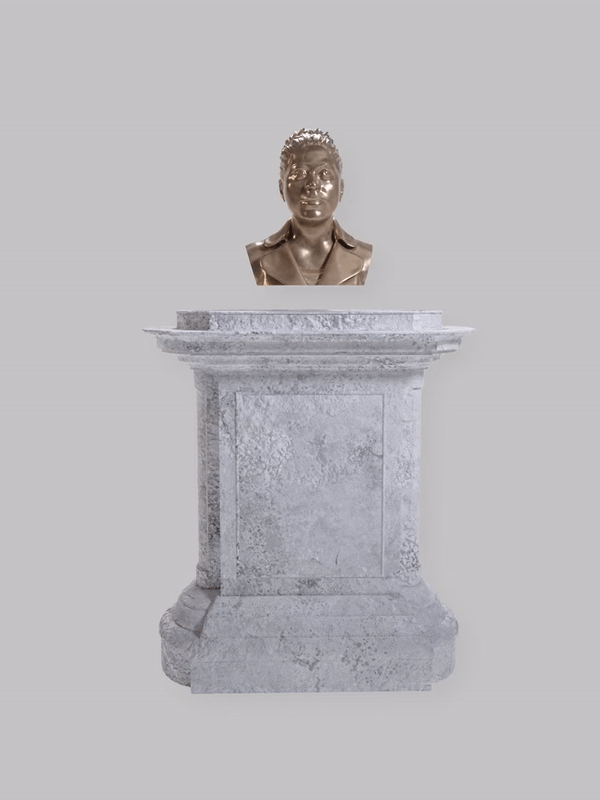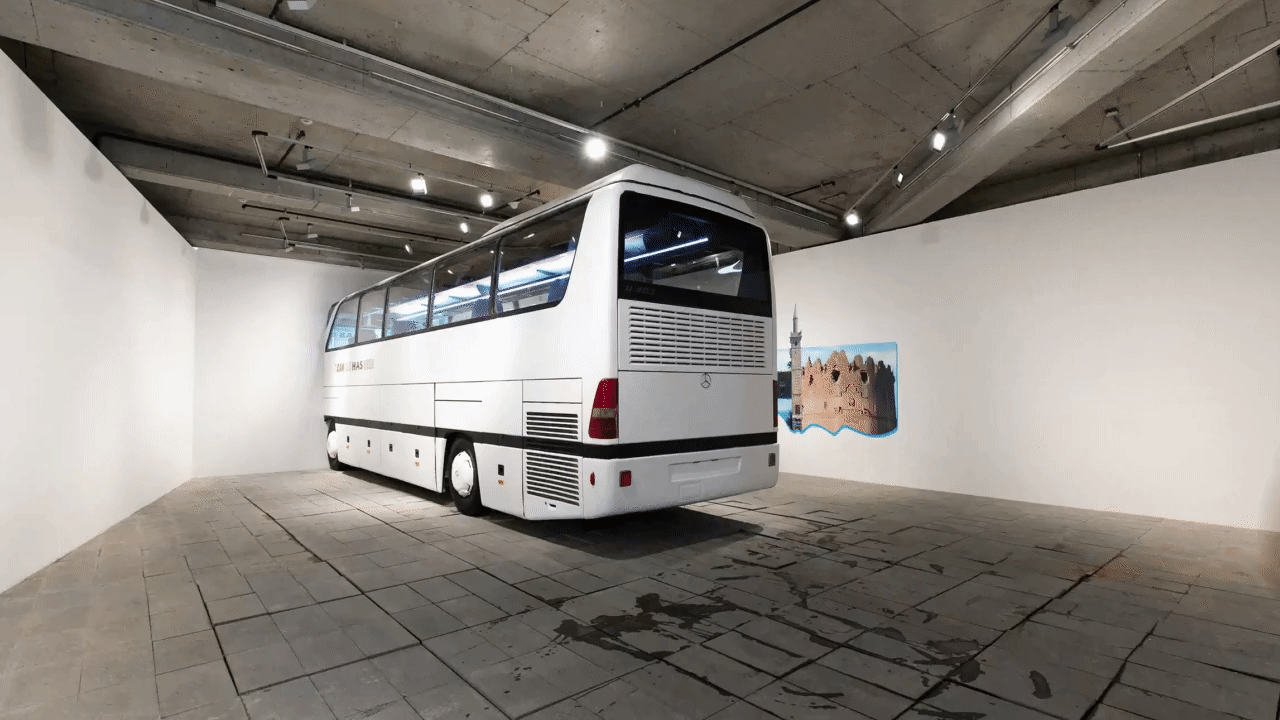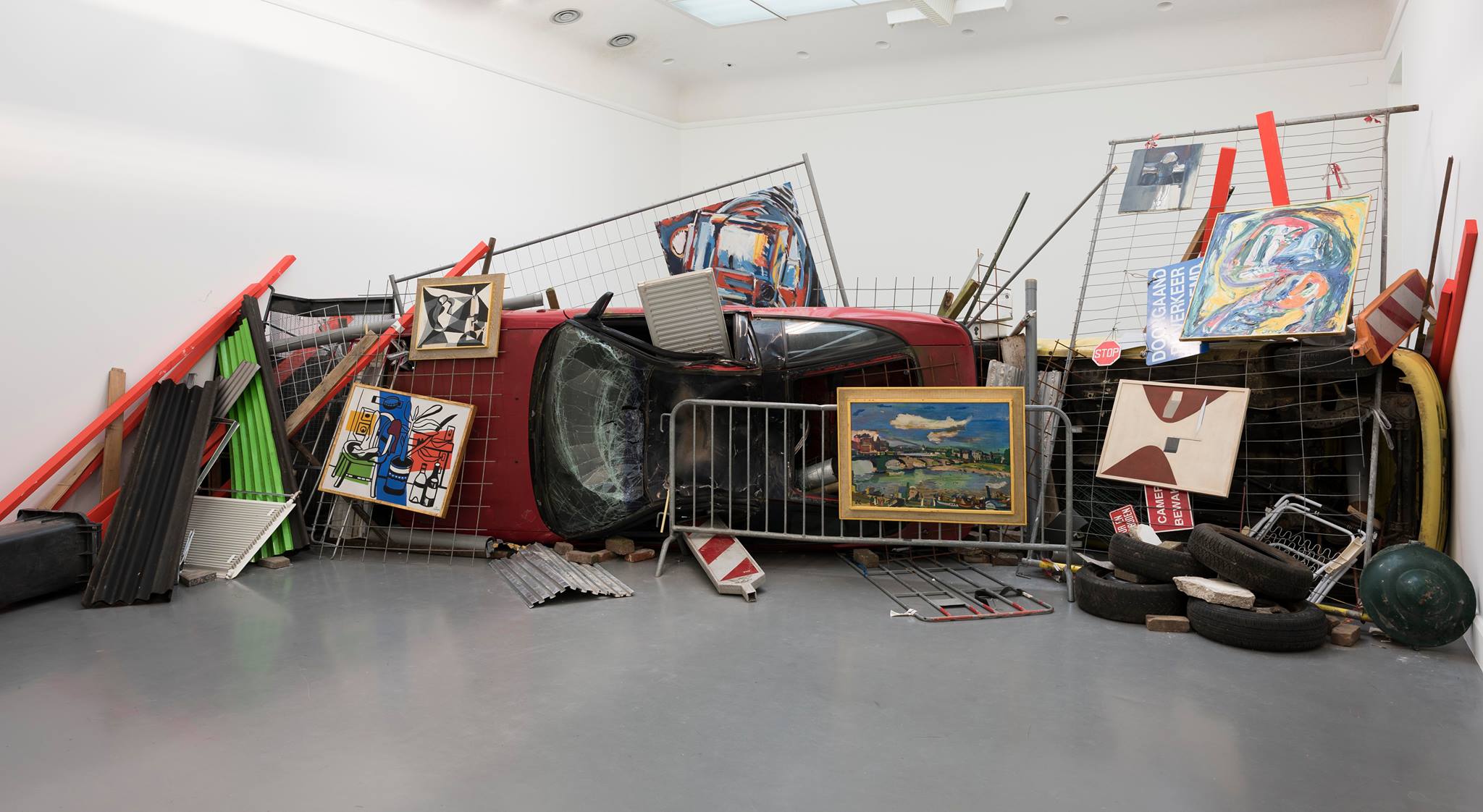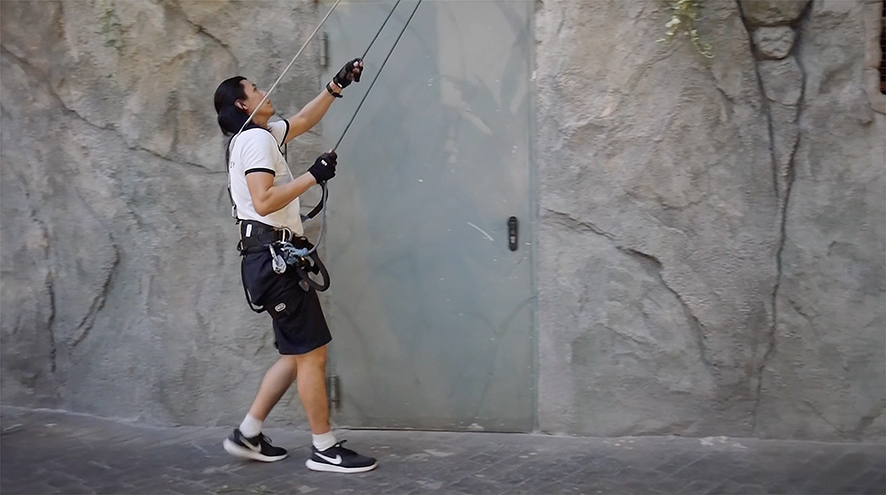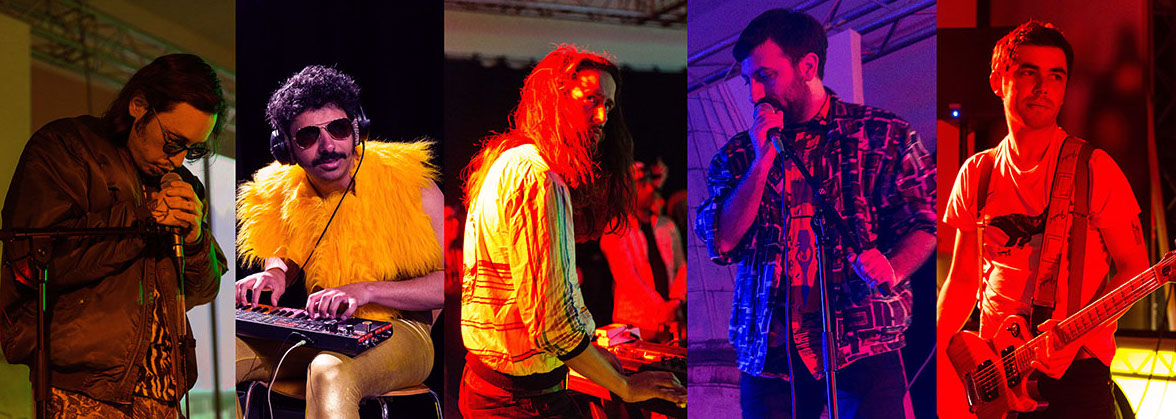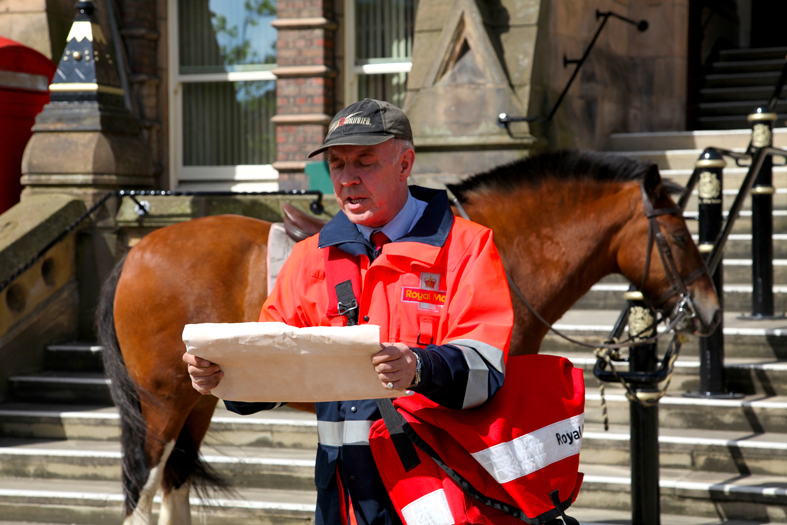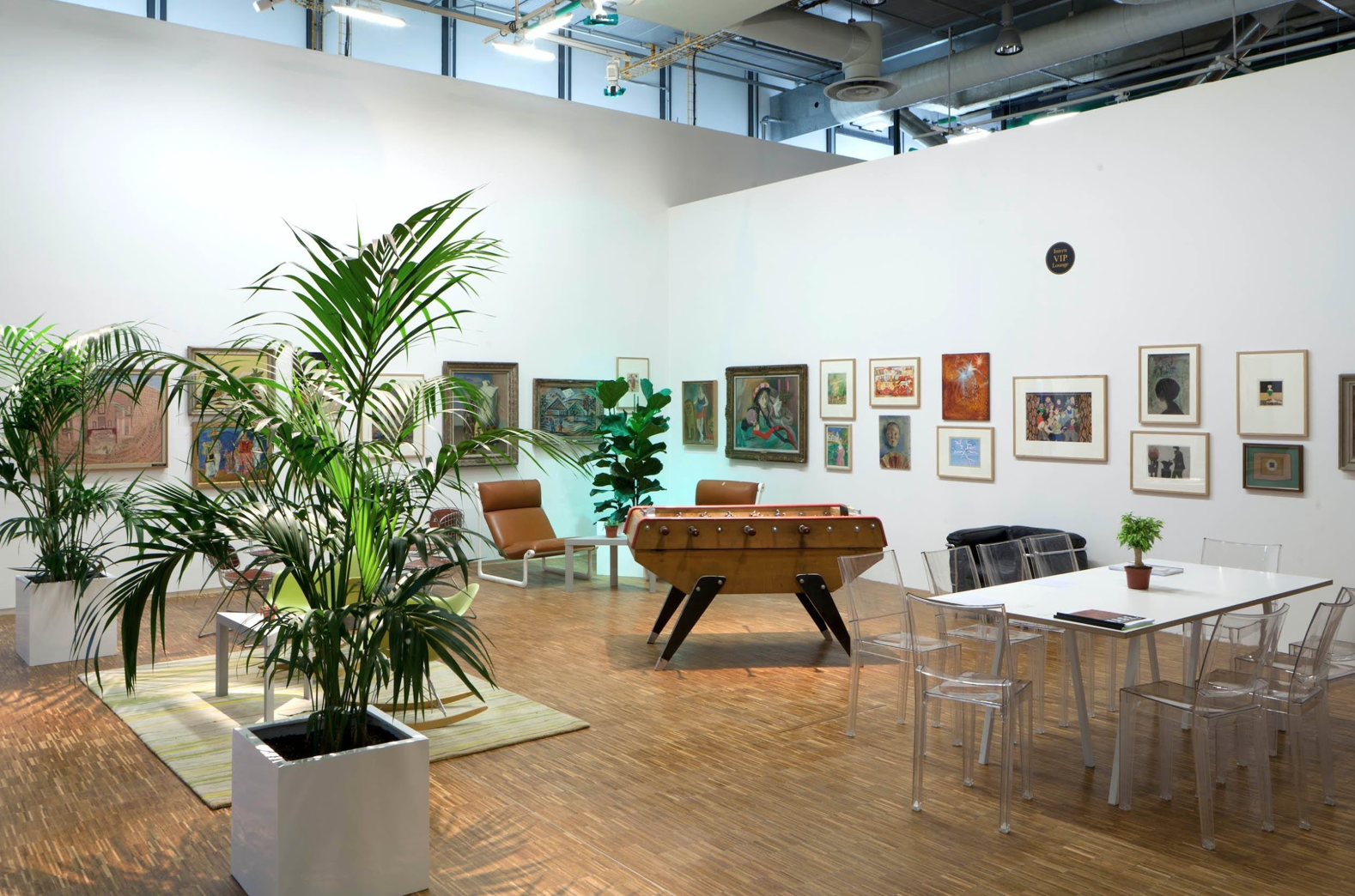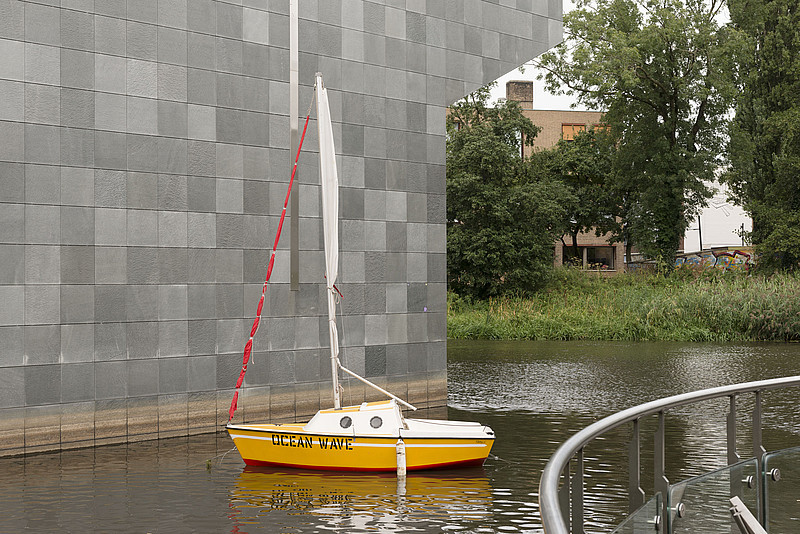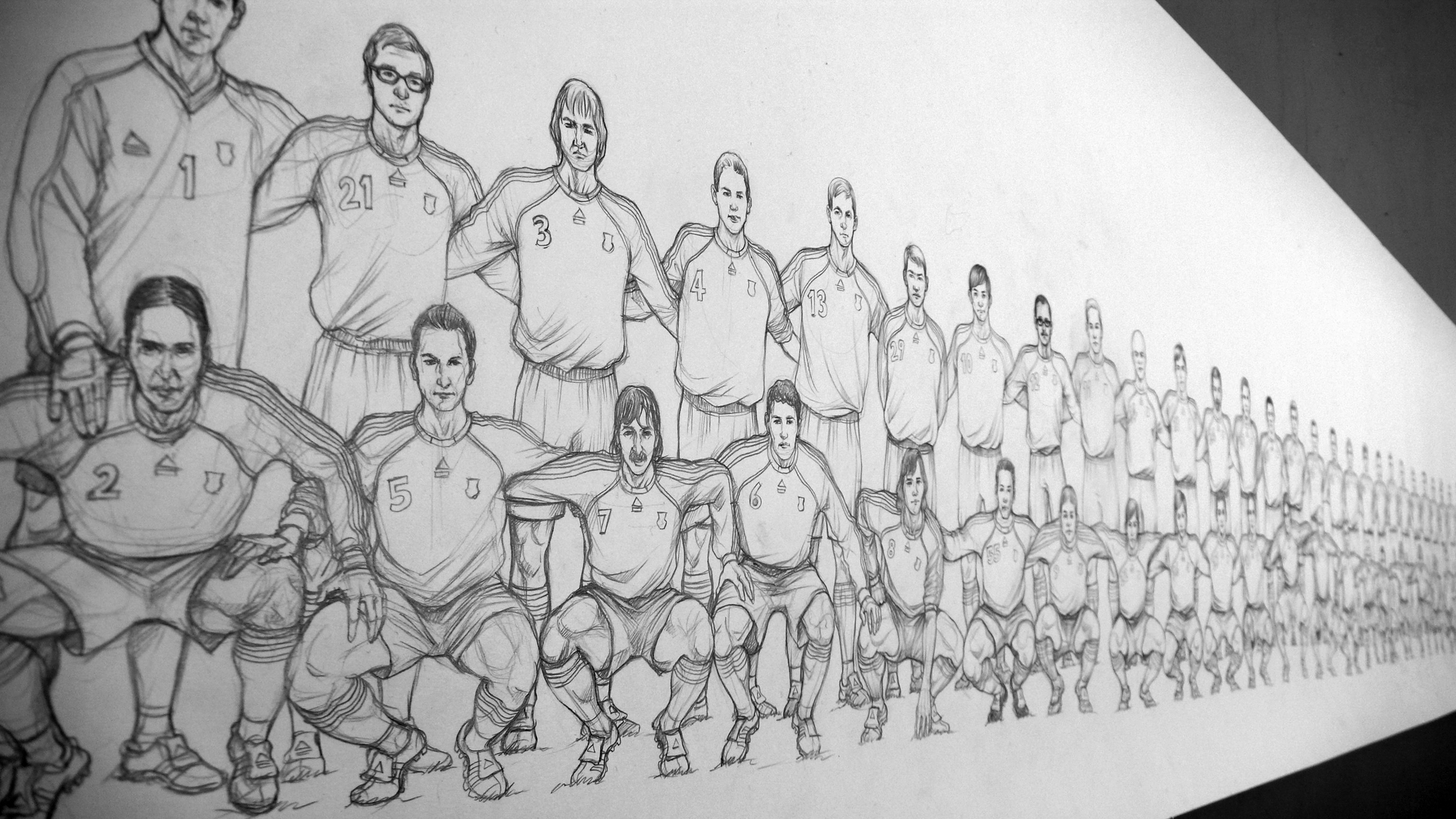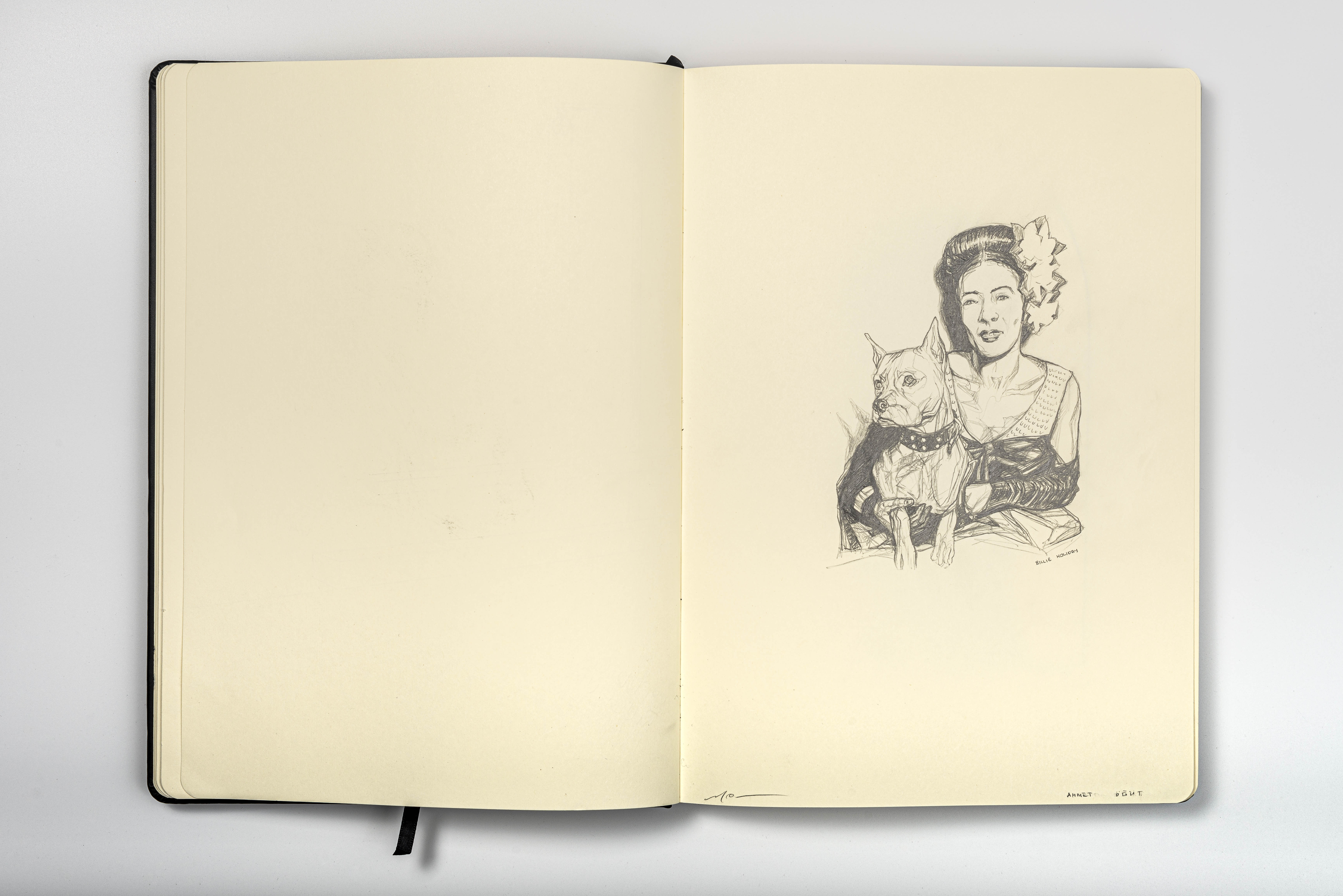
A Day in Ha(a)rlem
2022-2021
Monilola Olayemi Ilupeju and Ahmet Öğüt
two sketchbooks
collection of Frans Hals Museum, Haarlem, Netherlands
Drawing above by Ahmet Öğüt
2022-2021
Monilola Olayemi Ilupeju and Ahmet Öğüt
two sketchbooks
collection of Frans Hals Museum, Haarlem, Netherlands
Drawing above by Ahmet Öğüt
A Day in Ha(a)rlem is a collaboration born from a friendship between two artists: Monilola Olayemi Ilupeju and Ahmet Öğüt. They contributed a work to the collection of the Frans Hals Museum that critiques the oppresive, institutional foundations of dominant culture, with the museum and the city of Haarlem as a case study. They did so by embarking on a day trip to Harlem in New York City, rather than Haarlem in the Netherlands. During their visit, they had many wondeful encounters with people in the neighbourhood and stopped by the Schomburg Center for Research in Black Culture, the construction site of the new building of the Studio Museum in Harlem, as well as Apollo Theater and the Abyssinian Baptist Church. With drawing utensils and sketchbooks in hand, the artists recorded a visual memory of this special day. Some drawings of the sketchbookwere offered as a gift to the people of Harlem, while others became part of the collection of the Frans Hals Museum in Haarlem.
By sketching visual and intangible impressions from Harlem, as well a seminal figures that lived there or passed through, a different kind of portrait of the neighbhourhood comes into focus. Yet, within this act, the artists also deliberately point to that which the two Ha(a)rlems share: their names. Harlem was founded as a Dutch colony in 1658, named after Haarlem in the Netherlands. This era marks the heyday of Dutch Baroque painting and the so-called Dutch “Golden Age,” a term that erases the inequity and violence native to the Dutch Colonial Empire, where the Dutch played a major role in the transatlantic slave trade. In the present day, the country’s contribution to colonialism is still largely overlooked, but its impact within Black and other marginalized communities is irrefutable. Thus, the two Ha(a)rlems have a shared past, yet their legacies are completely different. It is this tension that the work of Ilupeju and Ögüt’s work teases out.
Selected drawings by Ahmet Öğüt:

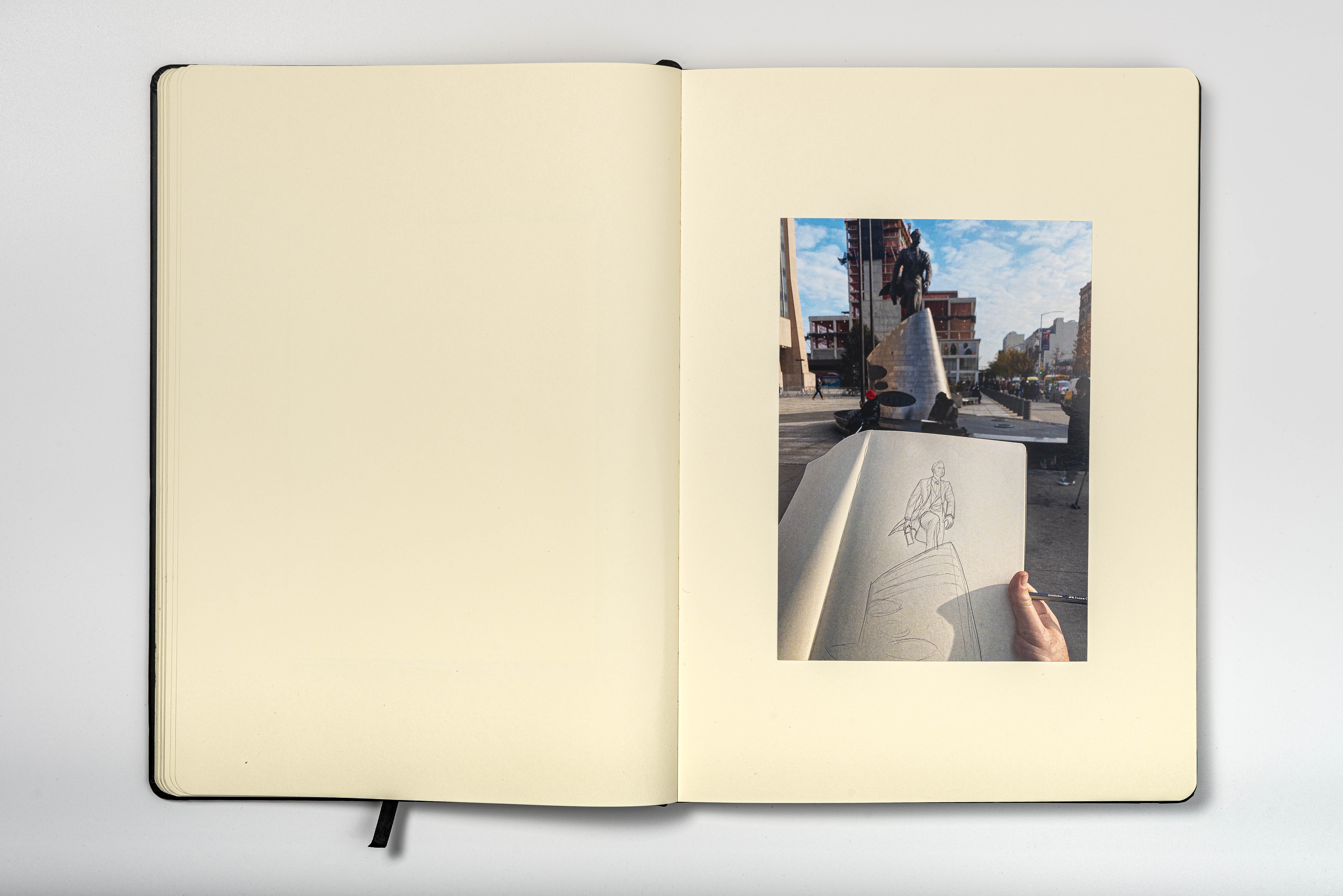


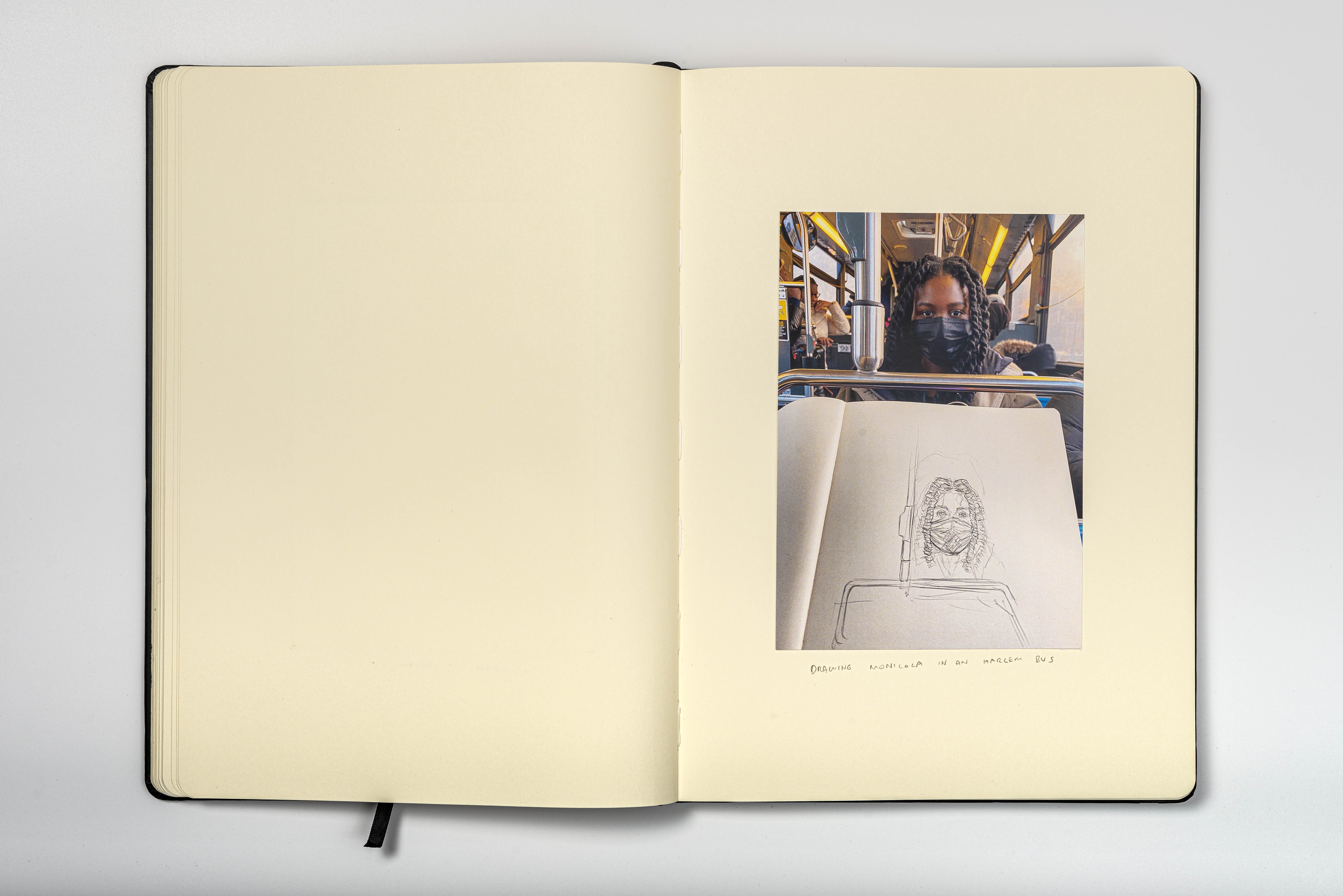


Excerpt from interview with Monilola Olayemi Ilupeju by SCHIRN MAG: The Art of Breaking Down Power Structures:
“Despite mass efforts to destroy Harlem and other places with dense Black populations, through food deserts, gentrification, police brutality, and mass incarceration, the neighborhood’s communal spirit lives on. This faculty of resilience, resonance, and creativity is so essential to the survival of the Black community, and I am grateful and emboldened to be a part of that lineage.” — Monilola Olayemi Ilupeju, 2022
Selected drawings by Monilola Olayemi Ilupeju:
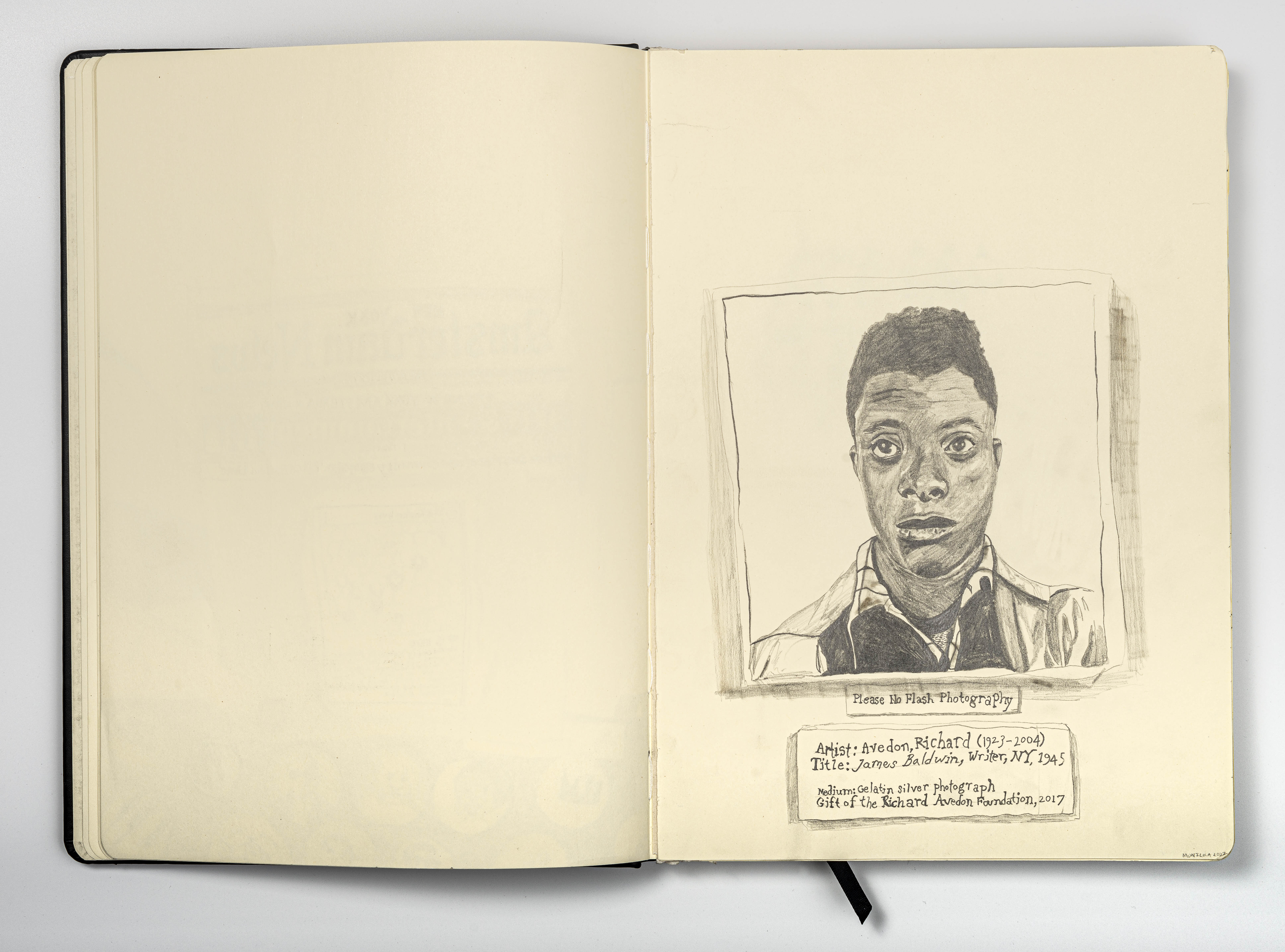



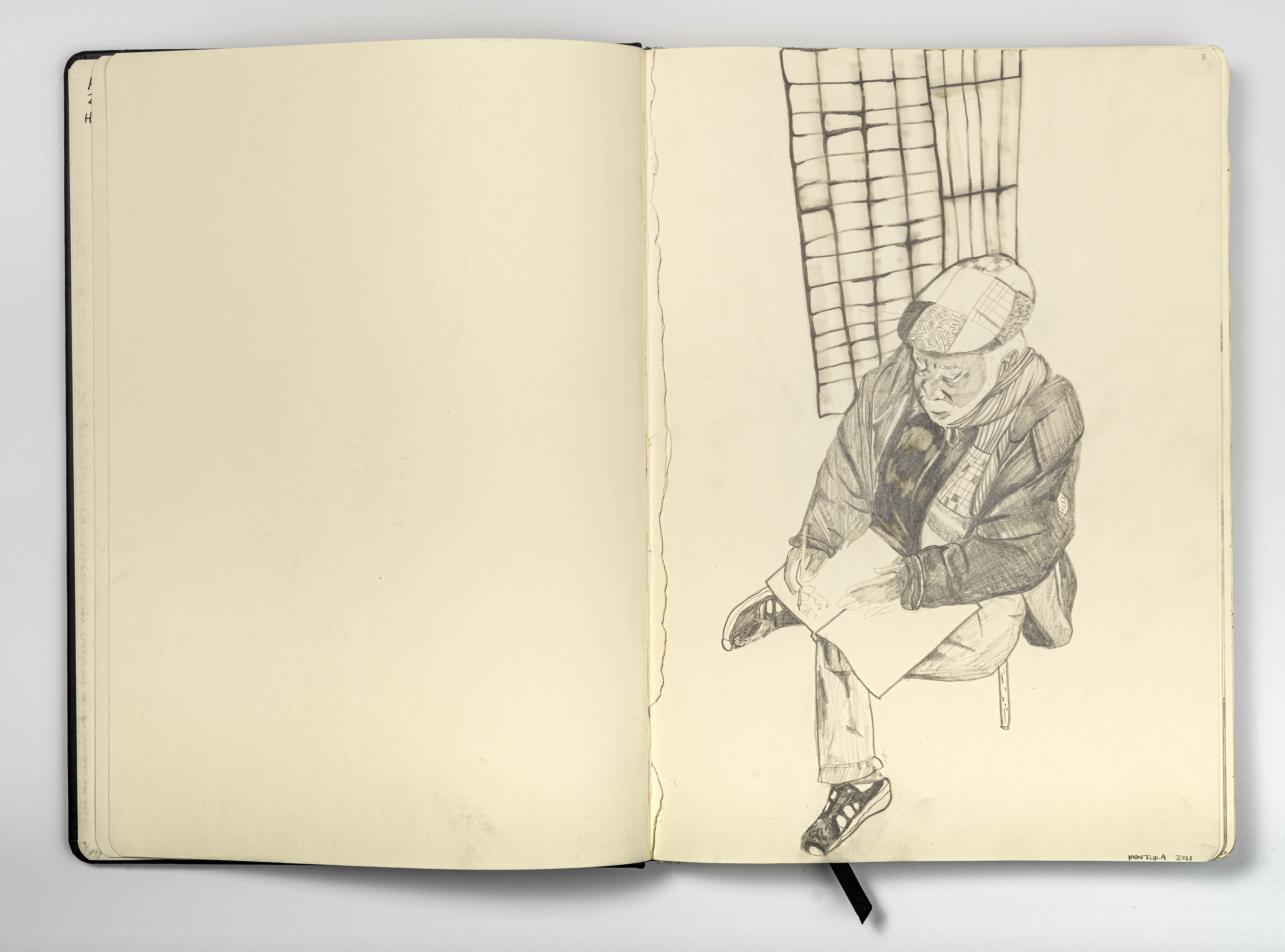
Documentation Credit: The Frans Hals Museum, The Netherlands






